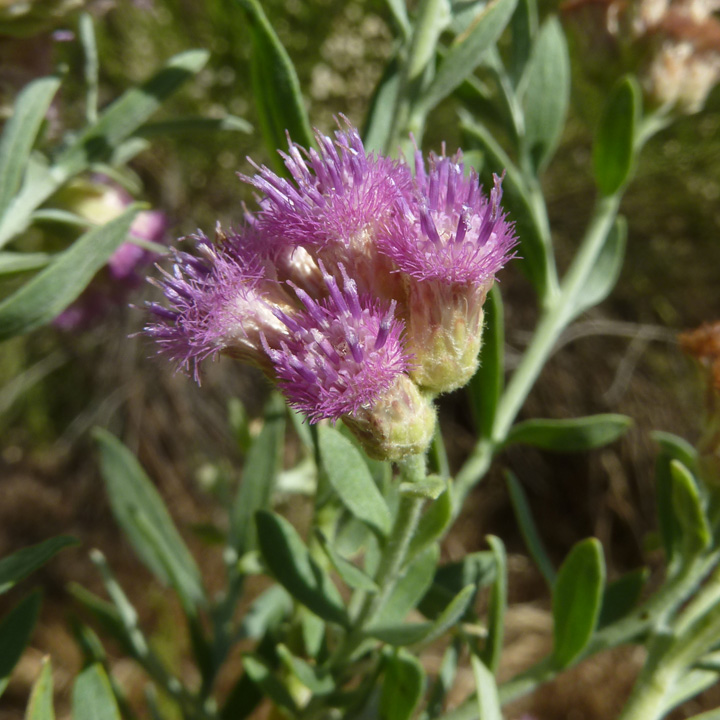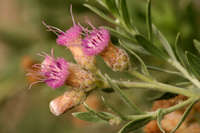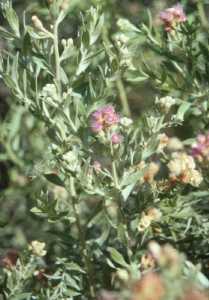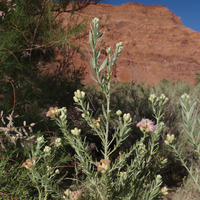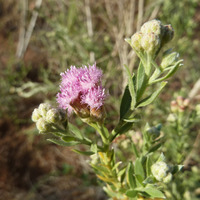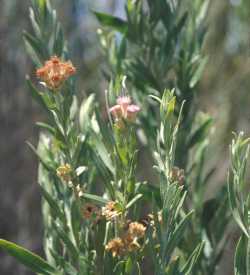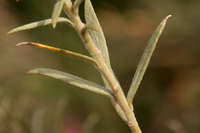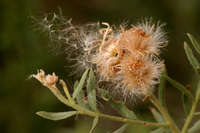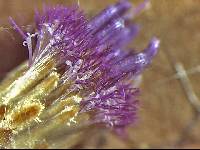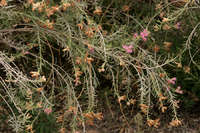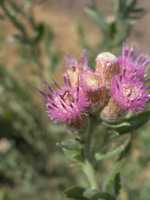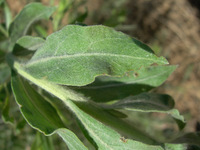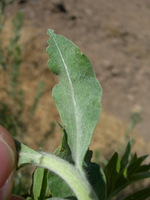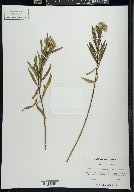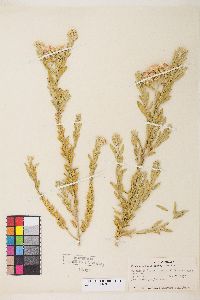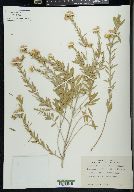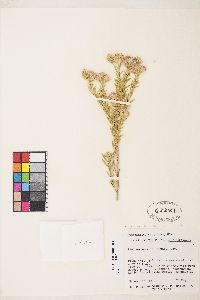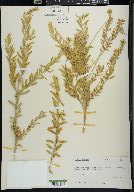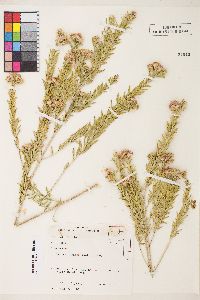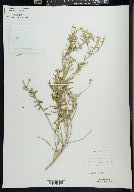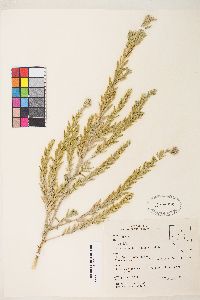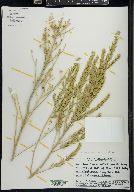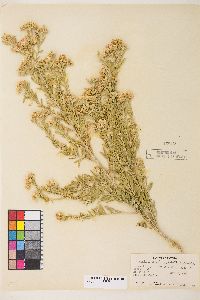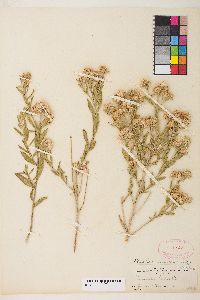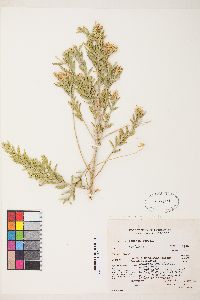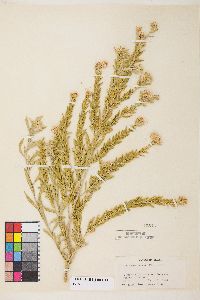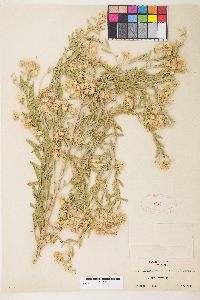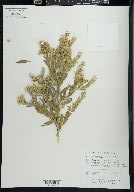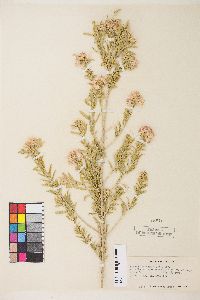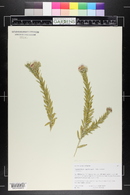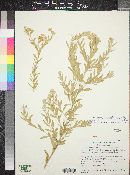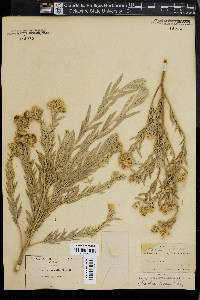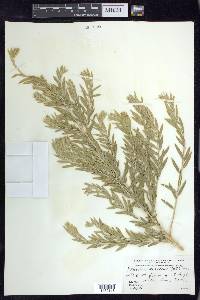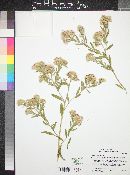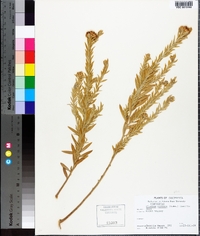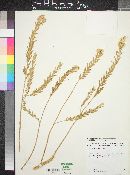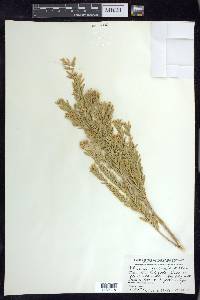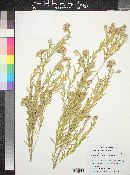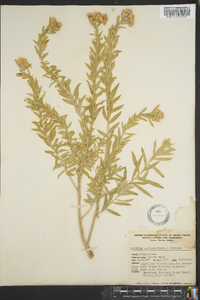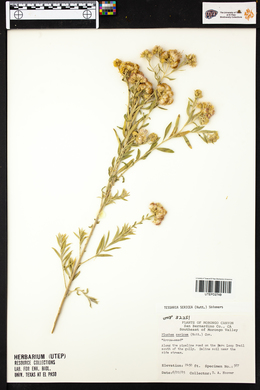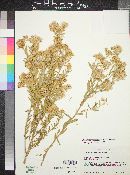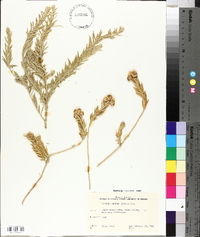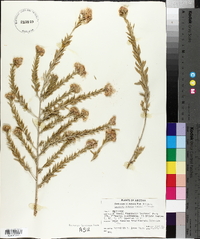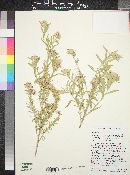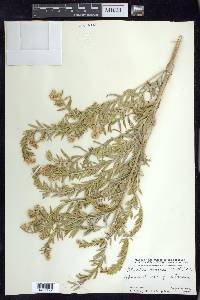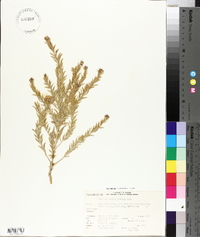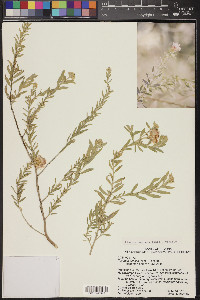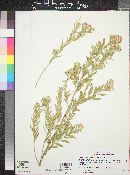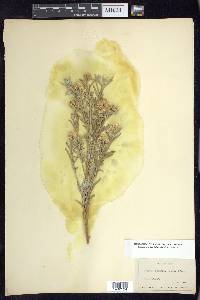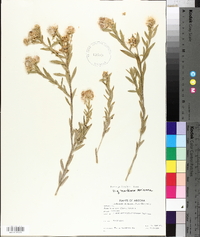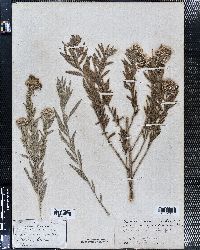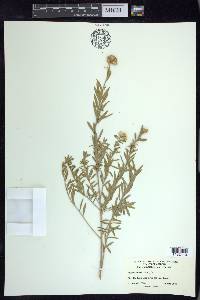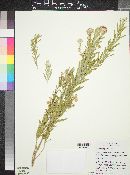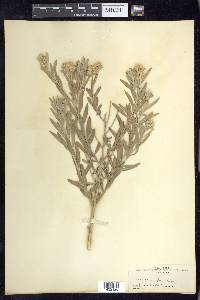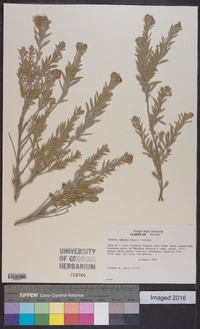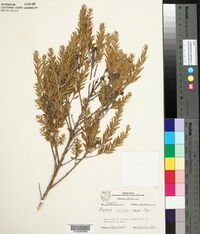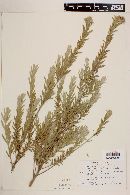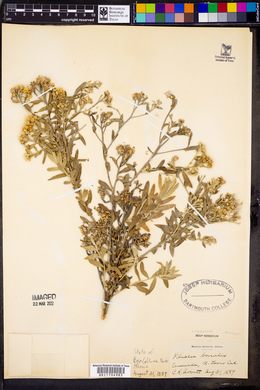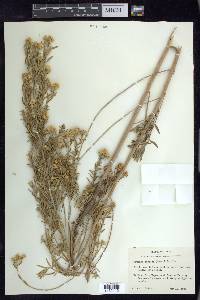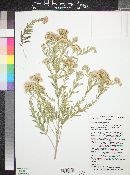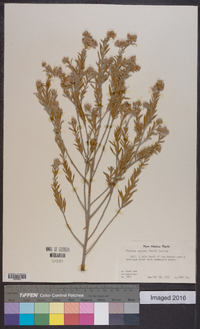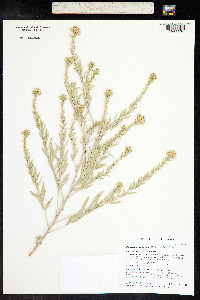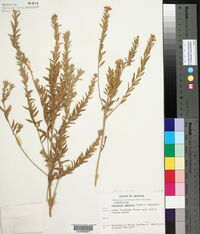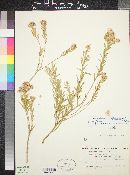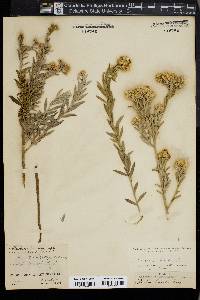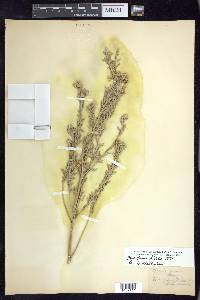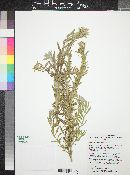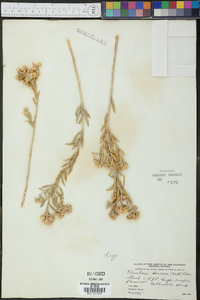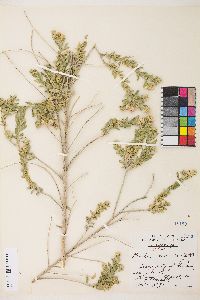Pluchea sericea
|
|
|
|
Family: Asteraceae
Arrow-Weed, more...arrowweed, marsh fleabane (es: cachanilla, cachinilla)
[Berthelotia sericea (Nutt.) Rydb., morePluchea borealis (Torr. & A. Gray) A. Gray, Polypappus sericeus Nutt., Tessaria sericea (Nutt.) Shinners] |
Shrubs or trees (not aromatic), 150-300(-500) cm; roots not seen. Stems (densely leafy) seric-eous, not glandular. Leaves sessile; blades lanceolate to narrowly lanceolate or narrowly oblanceolate, 1-5 × 0.2-1 cm, margins entire, faces sparsely to densely silvery sericeous, not glandular (minutely punctate). Heads in cymiform clusters. Involucres ± campanulate, 4-6 × 3-5 mm. Phyllaries pink to purplish, tomentose to villosulous (outer) to arachnose-ciliate or glabrate (inner). Corollas pink to purplish. Pappi persistent, bristles distinct (distally dilated in functionally staminate florets; cypselae glabrous). 2n = 20. Flowering mostly Mar-Jul (sometimes year-round). Floodplains, streambanks, dry lake beds, dunes, sand flats; 40-1000 m; Ariz., Calif., Nev., N.Mex., Tex., Utah; Mexico (Baja California, Chihuahua, Sonora). Pluchea sericea (with its woody habit and eglandular, densely arranged, sericeous leaves) is isolated among North American Pluchea. Torrey and Gray recognized its close similarity to the Asian Pluchea lanceolata (de Candolle) Oliver & Hiern, the type species of the Asian genus Berthelotia. It has been treated within Berthelotia and the South American and Central American segregate Tessaria, and a distinct genus (Eremohylema A. Nelson) has been created for it. Pluchea sericea is more similar to the segregates than to herbaceous American groups; the delimitations of the genera are not clear. Tessaria was restricted to T. integrifolia Ruiz & Pavón, based on its single functionally staminate flower per head and corolla lobes cut nearly to the base of the limb, by H. Robinson and J. Cuatrecasas (1973). The sister species of T. integrifolia appears to be T. absinthoides (Hooker & Arnott) Cabrera [= Pluchea absinthoides (Hooker & Arnott) H. Robinson & Cuatrecasas]. Both species have inner phyllaries with reflexing tips, alveolate and paleate receptacles, pappus bristles basally united into a thick cup, and other distinctive floral features (G. L. Nesom 1989). It seems likely that the accepted definition of Tessaria may be expanded to two species or more broadly to include P. sericea and the species placed in Berthelotia. Alternately, Berthelotia (including P. sericea) might be accepted at generic rank, coordinate with Tessaria. In any case, it seems likely that P. sericea ultimately will be treated outside a more strictly circumscribed Pluchea.
FNA 2006, Wiggins 1964 Common Name: arrowweed Duration: Perennial Nativity: Native Lifeform: Shrub Wetland Status: FACW General: Slender, willow-like shrub, 1.5-3 m tall, erect and considerably branched, with densely pubescent stems. Leaves: Alternate, sessile and lanceolate to narrowly lanceolate or narrowly oblanceolate, 1-5 cm long by 0.2-1 cm wide, crowded with both faces sparsely to densely sericeous. Flowers: Heads in small corymbose clusters, the involucres generally campanulate, 4-6 mm by 3-5 mm, the phyllaries pink to purplish, villous-ciliate along margins, the corollas hermaphroditic, 4.5-5.5 mm long, pink to purplish, with persistent pappi and distinct bristles. Fruits: Cypselae about 1 mm long, glabrous. Ecology: Found on floodplains, streambanks and along dunes and sand flats from below 3,000 ft (914 m); flowers February-May. Notes: Distinctive in its dense floodplain habitat, often distinguished by the sericeous cast covering the stems and leaves, along with the almost Baccharis-like stems. Ethnobotany: The leaves were chewed for throat irritations, taken internally for diarrhea, the root for indigestion and stomachache, bark as a wash for sore eyes, the roots were roasted and eaten, the stems were used as a building material and for thatch, weaving, arrows, used in tanning hides, and used as spindles for cotton. Etymology: Pluchea is named for Noel-Antoine Pluche (1688-1761) a French naturalist, while sericea means silky. Synonyms: Berthelotia sericea, Polypappus sericeus, Tessaria sericea Editor: SBuckley, 2010 |
|
|
|

